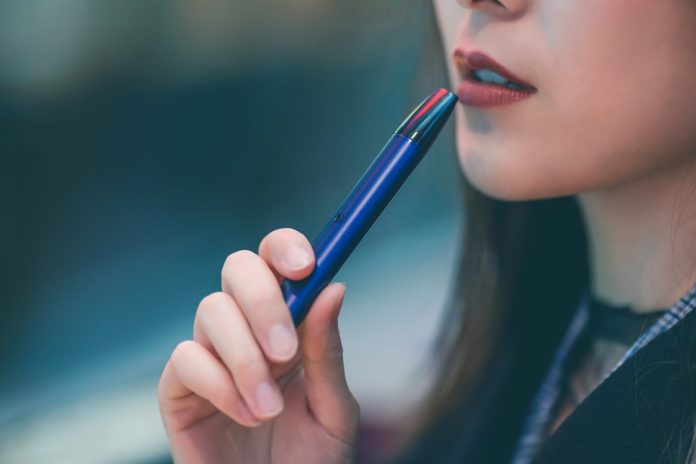If you’ve been out and about as I have, you’re likely used to seeing them everywhere. All shapes and sizes, clouds of mist emanating from them. And while “vaping” might not be as irritating to non-smoking noses as conventional cigarettes, there is a lot left to learn about what’s in that cloud and what it could do to our bodies.
What’s more, vaping and e-cigarettes — collectively known as electronic nicotine delivery systems (ENDS) — seem to have found their niche market: our youth. Since 2014, electronic cigarettes have overtaken conventional ones as the nicotine fix of choice among adolescents. More locally concerning is the preponderance of youth vaping in Monroe County, which is above the national average. Perhaps it’s just a little too easy to get here.
Although few of us as teens want to do anything that hints at becoming our parents, smoking seems to be the exception; it’s just been updated. The companies that push this stuff seem to know also how to push the buttons of what appears to be their target audience. Certainly, the flavored products are a big draw — they’re sometimes packaged to look like, say, candy. I’m sure the “new tech” thing is appealing, and I’ve even read that due to resemblance of the devices to other objects such as pens and flash drives, they’re so easy to hide, that in some places, they’re even being used in classrooms. Regardless of whether or not the devices are specifically aimed at youth, this is not big tobacco’s first marketing rodeo; they know how to get the word out there.
Where youth is concerned, there are lots of problems with this. First, nicotine has been shown to be harmful to the developing adolescent brain. Many ENDS have lots more nicotine than conventional cigarettes. Although vaping doesn’t expose the body to as many other chemicals as regular cigarettes, the exposure is not zero, and the vapor has been shown to contain carcinogens and chemicals that can harm unborn children. Even the flavorings are being looked at for harmful effects when inhaled. Bystanders can inhale the nicotine of second-hand vapor, something that is certainly a risk for non-vaping teen contacts of users. Finally, many who start vaping as teens will go on to smoke regular cigarettes as adults.
In the extreme, this phenomenon has had some tragic consequences for teens. Stories abound of promising athletic careers stopped in their tracks due to vaping. And although rare, the phenomenon has literally blown up in people’s faces due to devices exploding.
So … what are we doing about all this? Although there is a lot of legal wrangling, the FDA has become involved in the regulation of ENDS. Many states have raised the legal age to 21, and some are looking to ban flavored products. Although not specifically youth-related, Florida has banned vaping and e-cigarette use in the workplace as of July 1. Florida does tend to be in the middle of the pack, so to speak, on a lot of issues, and one can only hope that the legislation specific to youth will eventually arrive here. Until that time, we have the time-worn solutions: communicate with your teen, set a good example by not indulging yourself, and use all the resources that are out there (and there are several in the Keys) if you do have a nicotine-addicted teen.
Good resources for teens who want to quit vaping can be found at: http://www.tobaccofreeflorida.com/quityourway/#groupquit.



























